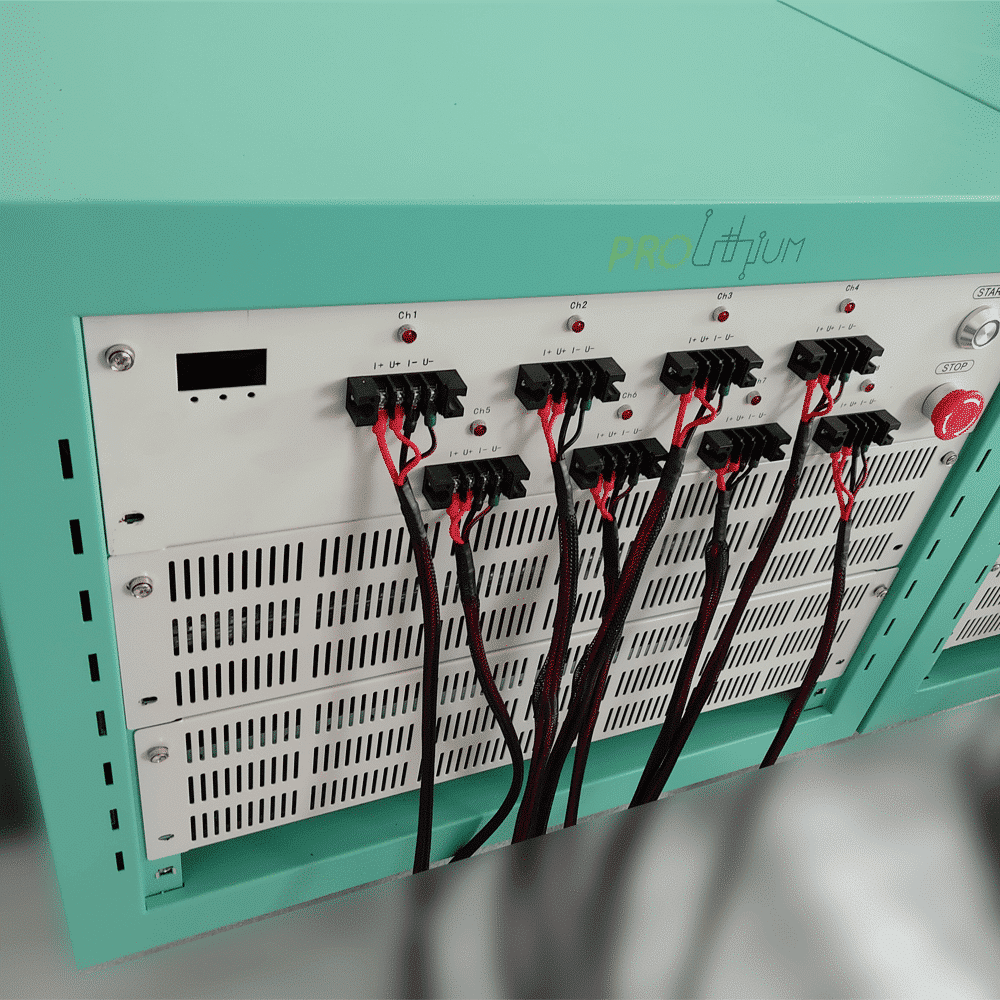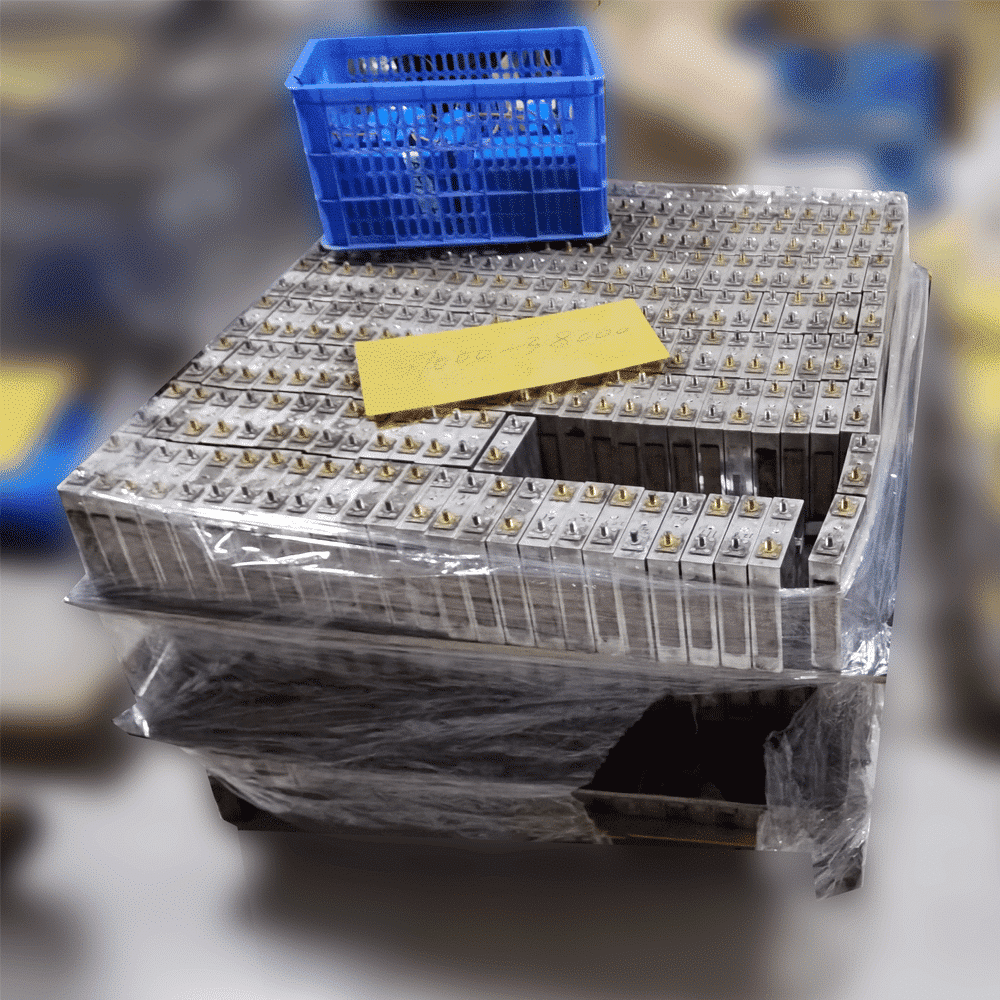When we talk about recycling we immediately allude to the separation of waste to reuse it in a new activity and yet this is not the only type of existing recycling.
We are now going to explain how Pro Lithium deals with recycling.
The first step in receiving a battery is the diagnosis of the battery on its general condition. This diagnosis allows us to determine the type of recycling we are going to do with it: either directly recycling by recovering metals or for analysis. In a Lithium cell (battery), we recover different metals such as plastic, copper, aluminum, copper or cobalt. They are then resold to be reused in other products.

In the event that the battery goes into diagnostics, equipment specially adapted to the battery will be used to assess its general condition and its circuitry. If the general condition does not allow it to be used for another activity, it will be recycled for metals.
To understand the concept of recycling by reuse in another circuit, you must first understand how a battery is made. A battery is made up of modules (several cells connected together). These modules are also composed of cells (batteries). Thus a battery can have the modules or cells recycled in another area.
When the diagnosis is positive for reuse in another activity, we recover the modules or the cells. The modules can be reused in the batteries of photovoltaic panels, for example, or solar garden lights and even streetlights.

In most cases, it is possible to reuse modules and cells for an activity where they will do 100% of their work over several years. The received idea is to think that the batteries resulting from reconditioning will have a much more limited lifespan. But this is a false idea because each cell is balanced with the others (technical process) before being reused to start a new life.
